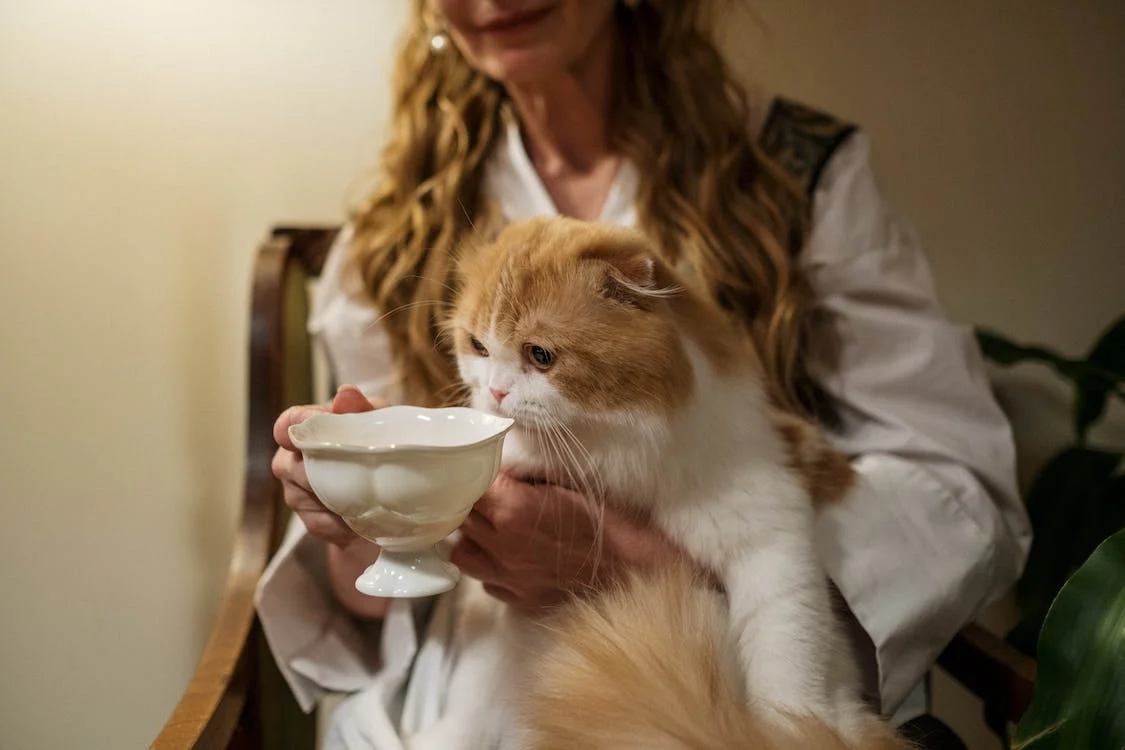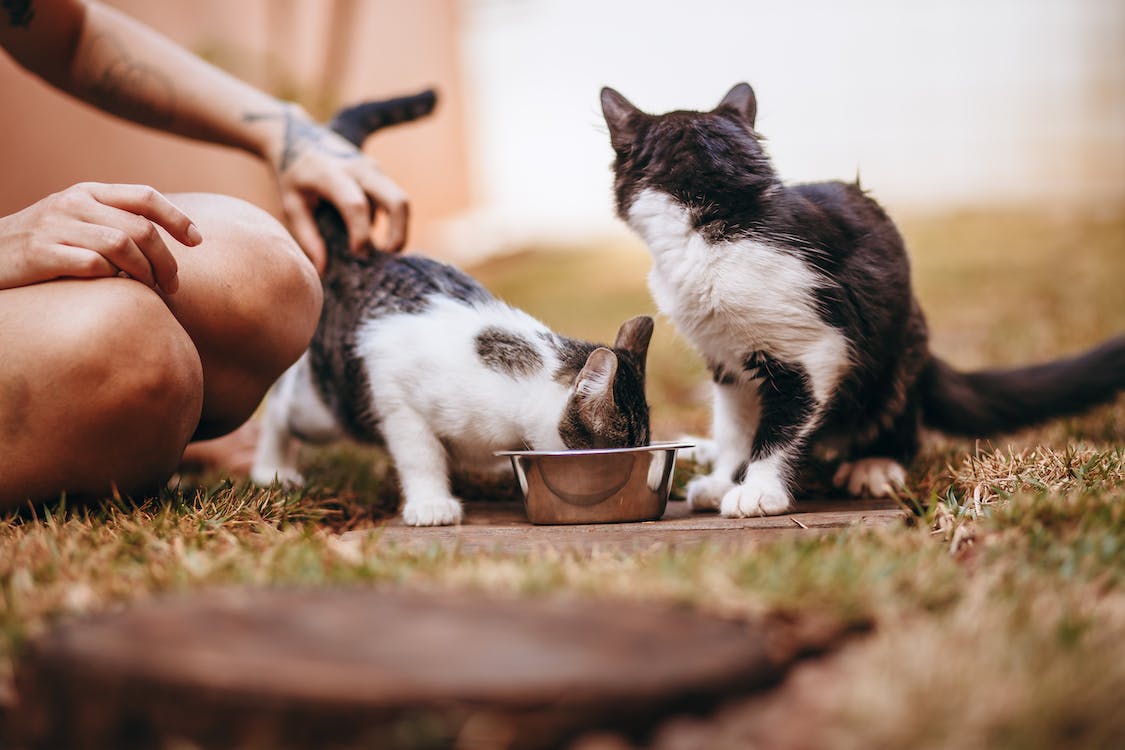
Tips on Feeding Your Cat Homemade Food
Contents
– Definition of homemade cat food
– What is BARF?
– Advantages and disadvantages of feeding your cat homemade food
– Advice on feeding your cat homemade food and BARF
For a long time, people preferred to feed their cats homemade food, until industrial food became widespread. Since then, kibble and formula have made their appearance.
Definition of homemade cat food
Homemade food (also called home ration) is a method of feeding a cat made by its owner from fresh products. It comprises chicken, turkey, rabbit, fish, rice, vegetables, vitamins, minerals, oil, and yogurt.
The BARF
BARF (Biologically Appropriate Raw Food) is a new method of feeding pets. BARF is based on raw meat and consists more specifically of flesh, bones, offal, eggs, and oil. The principle of BARF for cats is to mimic the diet that the feline would have had in the wild.
Homemade cat food: advantages and disadvantages

Industrial human food has experienced various scandals, and it is legitimate to wonder if pet food is free of harmful products. Pet food manufacturers communicate the quality and traceability of their preparations. However, you may prefer to make healthy meals for your cat. The main advantage of homemade food is therefore to be of identifiable and natural source. This is true, of course, as long as the products purchased to prepare it are themselves of good quality.
However, despite the natural and healthy appeal of this type of food, there are many drawbacks:
– Depending on your cat’s age and health, homemade food may not be suitable. It can cause vitamin and mineral deficiencies. It is therefore generally not recommended for kittens and pregnant females.
– The major disadvantage of this type of food is its preparation time. You have to shop regularly and cook the food. For BARF, the process is even more delicate since it is raw meat. This requires buying it from a trusted butcher and storing it in the freezer.
– Moreover, one must be very careful about the way this raw meat is stored and in particular about the respect of the cold chain, because there are risks of food poisoning, in particular salmonellosis.
– Finally, contrary to popular belief, homemade cat food is not much cheaper than industrial food.
Advice on homemade and BARF cat food
Here are a few tips before choosing a homemade or BARF diet for your cat:
– Do not improvise yourself as a nutritionist: you could cause deficiencies in your pet or even food poisoning by giving him dangerous products.
– Ask your veterinarian for advice: he will tell you the type of products to use, the proportions as well as the supplements to integrate to avoid deficiencies.
– Find the right butcher shop: traditional or in supermarkets, you can get low cuts that will suit your cat.
– Don’t suddenly switch from industrial food to homemade cat food: the latter is not as easily digestible, and your cat may get sick. Switch very gradually.
Read more:
Food category:
- How to Feed a Senior Cat;
- How to Feed Your Cat;
- How to Feed Pregnant Cats;
- How to Feed a Neutered Cat;
General category:
– 6 Easy Steps to Bathe Your Cat;
– Behavioral Differences in Domestic Cats;
– Choosing a Male or Female Cat?
Hope you like this post. Visit our blog to read more about pets & animals, and don’t forget to spare a little time to jot down your comments below.





